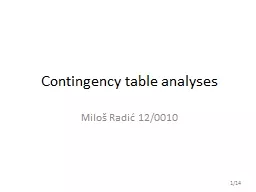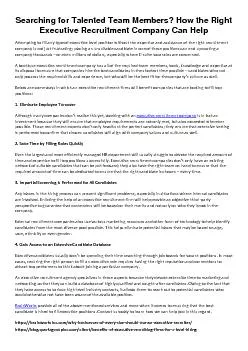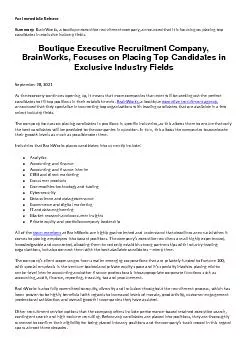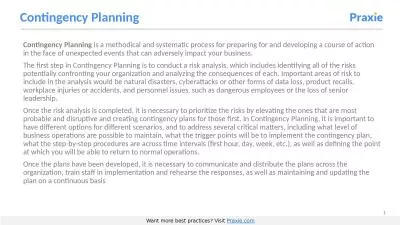PPT-Contingency table analyses
Author : sherrill-nordquist | Published Date : 2018-02-26
Miloš Radić 12 0010 114 Introduction Statistics in computing Huge amounts of data Substantial number of operations required Potentially highly parallel Maxeler
Presentation Embed Code
Download Presentation
Download Presentation The PPT/PDF document "Contingency table analyses" is the property of its rightful owner. Permission is granted to download and print the materials on this website for personal, non-commercial use only, and to display it on your personal computer provided you do not modify the materials and that you retain all copyright notices contained in the materials. By downloading content from our website, you accept the terms of this agreement.
Contingency table analyses: Transcript
Download Rules Of Document
"Contingency table analyses"The content belongs to its owner. You may download and print it for personal use, without modification, and keep all copyright notices. By downloading, you agree to these terms.
Related Documents














